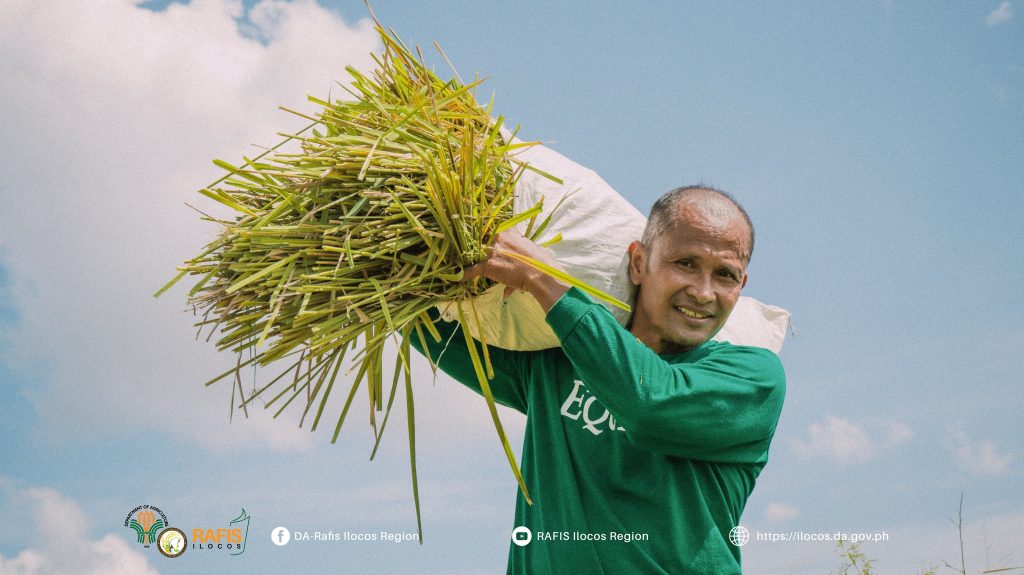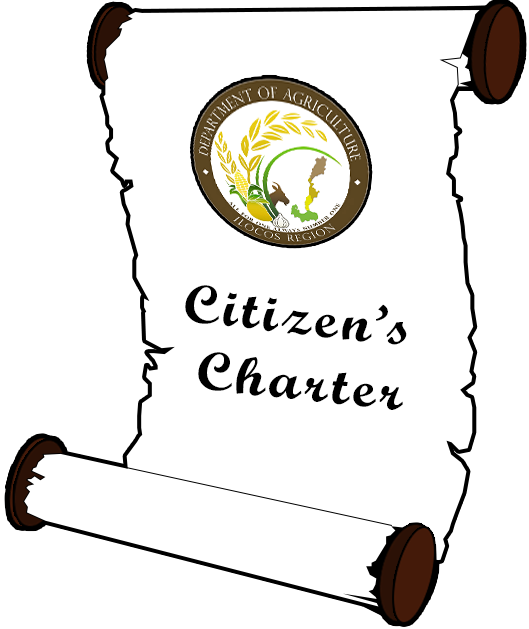
Is planting rice not that fun?“Magtanim ay ‘di biro,” says the lyrics of that widely known Filipino folk song on farming. And when continued into the next line, it says “Maghapong nakayuko.”
The difficulty in rice farming is clearly depicted throughout the entire lyrics of the song. ‘Di man lang makaupo.
‘Di man lang makatayo. A literal description of how backbreaking and laborious rice planting is after a whole day’s work. But the times are changing. The rice sector too.
But is still met with multi-faceted challenges due to lack of modernized facilities, extreme weather conditions, and high input cost, to name a few.
In 2022, the country was classified at a low-mechanized level as per report by PhilMech. Although it has posted a growth in June 2023 with a 2.68 horsepower per hectare (hp/ha), it was just a slight increase from 2013 with 2.31 hp/ha.
Several contributing factors according to PhilMech (2022) were farmers’ low purchasing power, high availability of rural labor, expensive cost of machineries, and very small landholdings per farmer.
As such, strengthened efforts to shift the agriculture sector from manual labor to mechanized farming is being pursued by the government.
The Agricultural Mechanization Law of 2013, or Republic Act 10601, has made the government’s commitment to strengthen efforts in modernizing the agriculture sector and be at par with the ASEAN neighbors.
In 2020, the Rice Competitiveness Enhancement Fund (RCEF) was also created under the Rice Tariffication Law. Tariffs collected from imports were used to intensify provision of interventions to rice farmers. The biggest chunk of this fund is allocated for mechanization.
DA’s regular rice banner program also continues to provide support. In 2022 alone, DA-RFO1 distributed 182 farm equipment and machineries valued at Php107M.
Among the recipients of the intervention is the Bengcag Farmers Association in Laoag City, Ilocos Norte.
Mr. Romulo Juan, 52, president of the association shared that their association received a 4-wheel drive tractor and hand tractor.
“Malaking tulong po talaga yung machineries na natanggap namin. Ito po’y nakakagaan ng gastos kasi malaking bagay iyong konti lang ang babayaran namin sa asosasyon,” he said.
To also help in addressing the increasing price of input cost, the agency distributed free seeds and fertilizers.
Mr. Juan said that with the free inputs he received, he was able to earn more.
“Malaking bawas sa gastos namin yung binibigay ng DA na libreng binhi. Kasi ung naibigay ng gobyerno, bale iyong gastos namin na kunwari 20,000 sa isang isang ektarya, ngayon nasa 5,000 na lang. Iyong labor na lang binabayaran namin,” he shared.
With the hybrid rice seeds received, he also shared, “Mas mataas talaga ang yield na nakuha namin.”
Mr. Juan also admitted that because they didn’t have enough capital to buy inputs before, the recommended fertilizer in cultivating rice was not strictly followed.
“Tinitipid namin ang gastos namin noon kasi mahal ang fertilizer. 3,000 mahigit. Ngayong nabigyan kami ng libre, naibigay namin lahat nung kailangan ng palay,” he said.
Other factors that have contributed to Mr. Juan’s bountiful harvest this year is also attributed to the lesser typhoons that had passed through Ilocos Norte this year. Although Super Typhoon Egay caused a Php648.1M agricultural damage in Ilocos Region in July, his farm wasn’t hardly hit.
“Hindi pa masyadong namumulaklak iyong mga tanim namin noon,” he recalled.
Other factors mentioned by Mr. Juan was also his access to irrigation with reduced fees.
“Libre na iyong pagbabayad namin ng irigasyon. Meron lang iyong kontribusyon namin na P2,500 per hectare. Dati P9,000 at P10,000. Malaking bagay na po iyon na naibigay,” he said.
But notably, he shared that in his own point of view, farmers are happy.
Sa ngayon happy ang farmers kasi ang benta namin ngayon Php24.50 at meron pang Php25. Iyong dry na. Iyong wet Php19 at meron pang P20 kaya mas maraming kita ang farmers ngayon kasi ang presyo noon P19 ang dry at P14 tsaka P15 iyong wet,” he shared.
Although Mr. Juan has identified other interventions that are still necessary for them to be better at work, he is still grateful with the interventions received. “Maraming naitulong ang gobyerno, pero sana meron pa kaming combine harvester para mas mapadali pa ang pag-ani namin,” he honestly said.
If such a request was granted, perhaps one day, Mr. Juan could revise that song and sing.”.Magtanim ay kay saya. Maghapong nagmakina. Nakaupo, nagmamaneho. Pagtayo’y uwi ng masaya.
